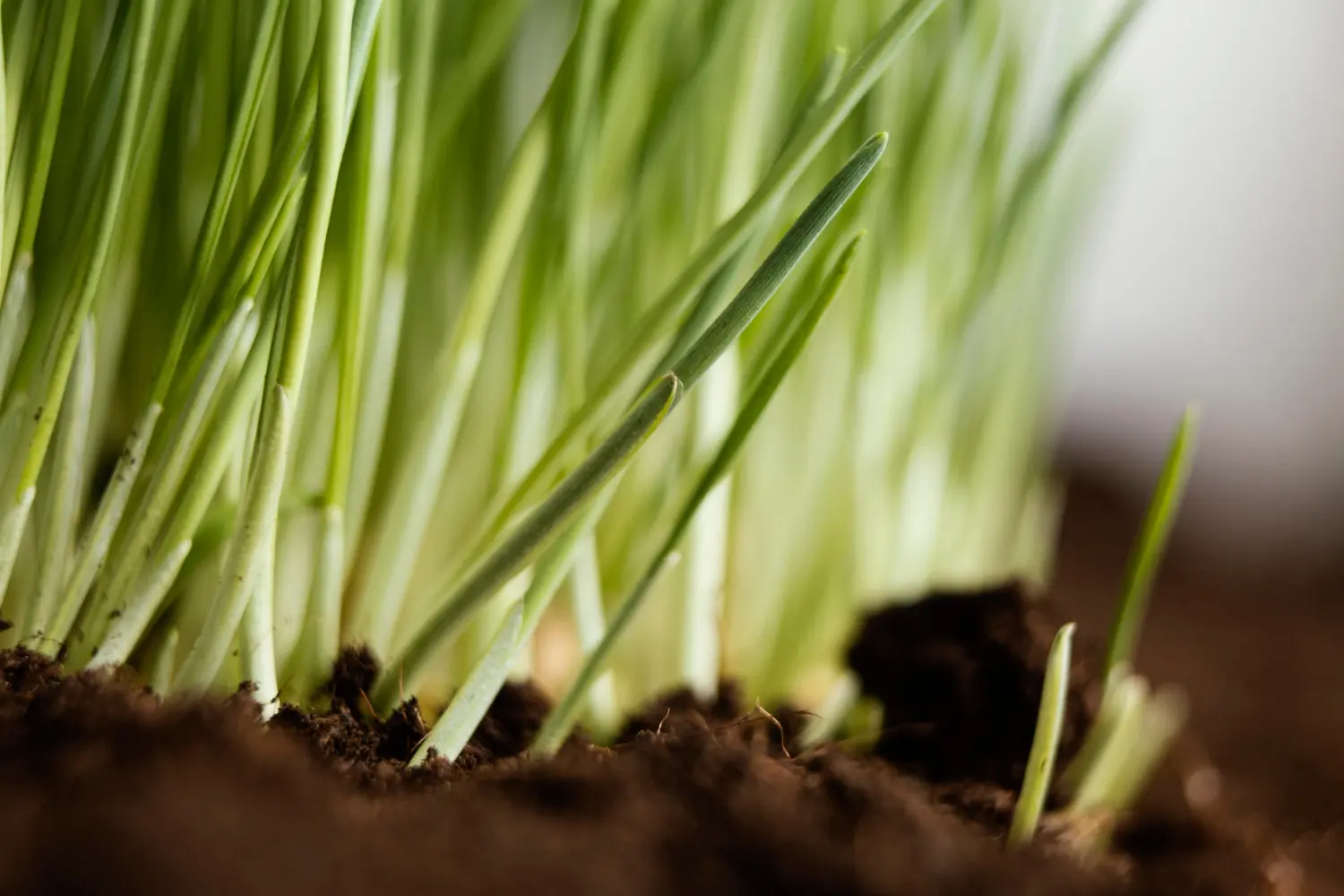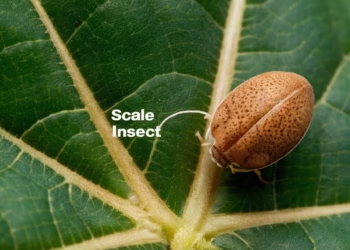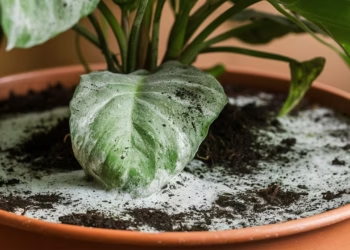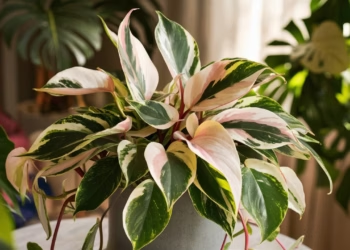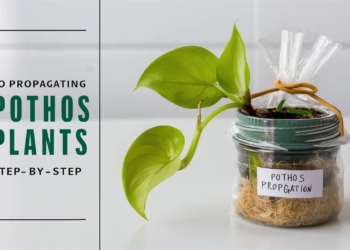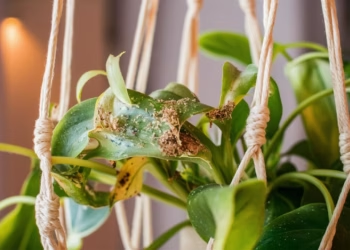Are you tired of constantly buying green onions from the store? Why not grow your own fresh supply right in the comfort of your own home? In this comprehensive guide, we’ll walk you through everything you need to know to successfully plant, grow, and care for green onions in your house garden! From planting the seeds to harvesting your delicious green onions, we’ve got you covered. Get ready to elevate your culinary game and add a touch of freshness to your dishes with homegrown green onions!
Table Of Contents
Green Onions: An Overview
Genus Name: Allium fistulosum
Common Names: Green Onions, Scallions, Bunching Onions, Welsh Onions, Japanese Bunching Onions
Plant Type: Vegetable
Light: Sun
Height: 1 to 2 feet
Width: 2 to 4 inches
Foliage Color: Blue/Green
Zones: 6, 7, 8, 9
Propagation: Division, Seed
When to Plant Green Onions
Green onions can be planted from seed either outdoors in mid-spring or started indoors in early spring for later transplantation. They typically mature within 60 to 90 days, making them a relatively quick-growing crop. For a continuous harvest, stagger planting throughout the growing season, allowing for successive crops.
Getting Started: How do you plant green onions?
So, you’re ready to dive into the wonderful world of home gardening and grow your own green onions? Fantastic choice! Here’s how to get started:
- Choose the Right Container: Opt for a deep container with good drainage holes. Green onions have shallow roots, but they still need room to grow and thrive.
- Select Quality Seeds: Head to your local nursery or garden center and pick up some high-quality green onion seeds. Look for seeds that are plump and free from any signs of damage or decay.
- Prepare the Soil: Fill your chosen container with well-draining potting soil. Green onions aren’t too picky about soil, but they do best in loose, fertile soil with good drainage.
- Planting Time: Plant your green onion seeds about half an inch deep in the soil, spacing them around an inch apart. Don’t worry about overcrowding – green onions can be planted close together.
- Watering: Give your newly planted seeds a good watering to help them settle into their new home. Keep the soil consistently moist, but not waterlogged, throughout the growing process.
Nurturing Your Green Onions
Now that your green onions are planted, it’s time to nurture them and help them thrive!
- Sunlight: Green onions love sunlight! Place your container in a sunny spot where they can soak up at least six hours of sunlight per day. If you’re growing them indoors, a sunny windowsill is perfect.
- Watering Routine: Keep a close eye on your green onions’ soil moisture levels. Water them whenever the top inch of soil feels dry to the touch. Avoid overwatering, as this can lead to root rot.
- Fertilizing: Green onions are light feeders, but they can benefit from a little extra nutrition now and then. Feed them with a balanced fertilizer once a month during the growing season to encourage healthy growth.
- Temperature and Humidity: As cool-season crops, green onions flourish in spring and fall. They germinate best in soil temperatures above 40°F, with an optimum germination temperature of 75°F. Humidity typically does not pose a significant concern for green onions.
- Thinning: As your green onions grow, you may notice that they’re starting to crowd each other out. To give them more room to grow, thin them out by gently pulling up some of the smaller onions, leaving about an inch of space between each plant.

Harvesting Your Bounty
Congratulations – your green onions are thriving, and it’s time to enjoy the fruits of your labor!
- Timing is Key: Green onions are ready to harvest when they reach about six inches in height, usually within 60-90 days after planting.
- Harvesting Technique: To harvest your green onions, simply grasp the base of the plant near the soil line and gently pull it up. Alternatively, you can use scissors to snip off the tops at ground level.
- Continuous Harvesting: The beauty of green onions is that you can harvest them continuously! As long as you leave the roots intact, they’ll continue to regrow, providing you with a steady supply of fresh green onions.

Pests and Problems
While green onions are relatively pest-resistant, several common pests and diseases can affect their growth. Onion maggots, cutworms, and nematodes are potential pests, while diseases such as downy mildew and botrytis leaf blight may occur under poor growing conditions. Implementing proper crop rotation, maintaining adequate spacing, and providing optimal growing conditions can help mitigate these issues.
How to Propagate Green Onions
Green onions can be propagated either from seed or through division:
Seed Propagation
Sow green onion seeds directly into the garden in spring, ensuring soil temperatures are above 40°F. Thin seedlings to 2 inches apart for optimal growth, and stagger planting for a continuous harvest throughout the growing season.
Division
If growing green onions as perennials, divide clumps in spring after a full year of growth. Gently separate the clump into smaller sections, being careful to disturb the roots as little as possible. Replant divisions and water with a slow-release liquid fertilizer for best results.
Types of Green Onions
Several varieties of green onions are available, each with its unique characteristics:
- ‘Parade‘: Uniform, straight plants with bright white shanks and a mild, zesty flavor. Matures in 65-75 days.
- ‘White Spear‘: Vigorous, upright plants with long white shanks and heat tolerance. Matures in about 60 days.
- ‘Red Beard’: Japanese variety with bright red shanks and a mild, leek-like flavor. Matures in approximately 60 days.
- ‘Evergreen Hardy White’: Cold-tolerant perennial variety with resistance to freezing. Harvesting can begin after 65 days.
- ‘Fukagama’: Japanese bunching onion prized for its mild, sweet flavor. Matures in 60-70 days.

And there you have it – a complete guide to planting, growing, and caring for green onions in your house garden! With a little bit of time, effort, and TLC, you can enjoy a bountiful harvest of fresh green onions right at your fingertips. So why wait? Plant Green Onions In Your House Garden and embark on your home gardening journey today! Happy growing!
FAQs
Do green onions grow better in water or soil?
Green onions can grow both in water and soil, but they typically grow better in soil as it provides essential nutrients for healthy growth. While growing in water can be convenient and requires less maintenance, soil cultivation promotes stronger and more vigorous growth, resulting in larger and more flavorful green onions .
Can you regrow green onions?
Yes, you can regrow green onions easily by placing the base (the white root end) in water or planting it in soil. When placed in water, the green onions will regrow new shoots from the existing root system. Similarly, planting the base in soil allows the onions to regrow, producing new shoots and eventually full-sized green onions .
How to cut green onions so they keep growing?
To cut green onions for consumption while allowing them to keep growing, trim them carefully with a sharp knife or scissors, leaving a few inches of the white base intact. Avoid cutting too close to the root to ensure the plant can continue growing. Alternatively, you can harvest the outer leaves of the green onions, allowing the inner ones to keep growing .
Do green onions need sunlight?
Yes, green onions require sunlight to grow successfully. While they can tolerate partial shade, they thrive best in full sunlight, which stimulates robust growth and enhances flavor. Placing green onions in a sunny location, such as a windowsill or balcony, ensures they receive adequate sunlight for optimal growth .
